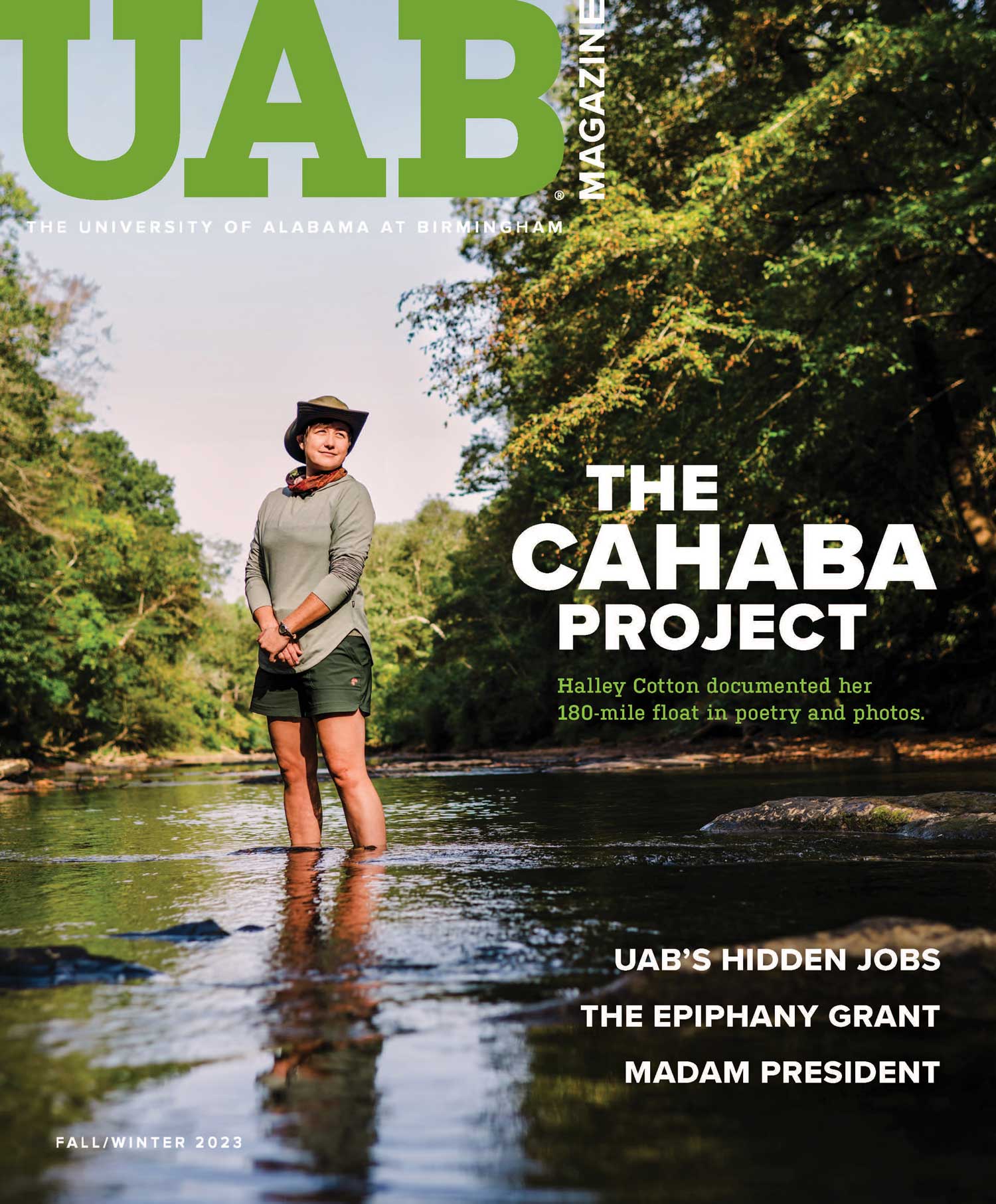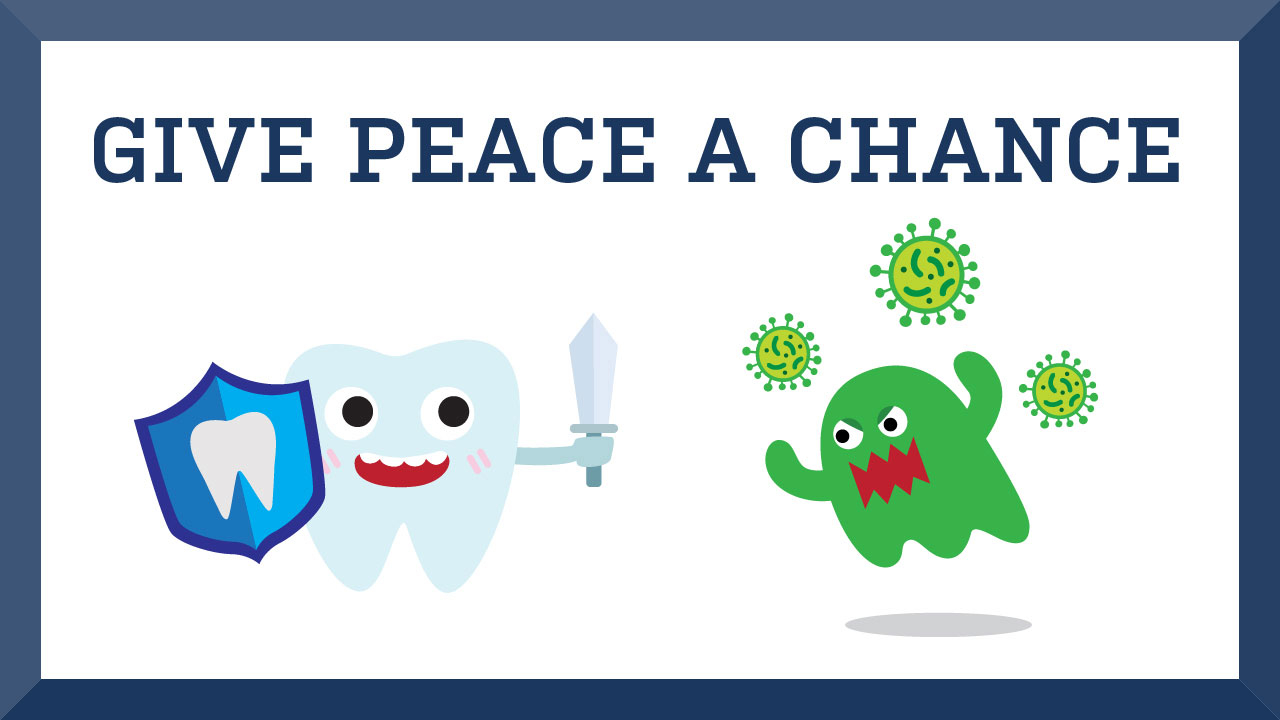Every day our mouths are the scene of an epic battle. With toothbrushes, toothpaste, floss, and mouthwash, we attempt to eradicate Streptococcus mutans, the bacterium most commonly responsible for tooth decay.
But the plaque always comes back. UAB School of Dentistry scientists who study oral microorganisms explain that S. mutans can develop a resistance to our cavity-fighting techniques. It’s one reason why dental caries, or tooth decay, remains a serious problem affecting 2.3 billion people worldwide, according to a 2015 Global Burden of Disease study.
Now a team of UAB dentistry, chemistry, and microbiology researchers may have developed a promising new way to prevent tooth decay—not by killing the bacterium, but by disarming it peacefully. They first learned how S. mutans uses sugar to produce both a biofilm that helps it stick to teeth and the acid that demineralizes and chips away tooth surfaces. Then they designed #G43, an organic compound known as a small molecule inhibitor, to block the process. Early studies of the treatment in animal models showed significant decreases in dental caries. One day, reducing the presence of decay could be as simple as painting #G43 on the surface of a patient’s teeth.
The beauty of this approach is that it preserves the harmony of the oral microbiome, the massive community of microorganisms—including more than 700 species of bacteria—living inside our mouths, say the scientists. S.mutans can remain—without the power to harm teeth—which means fewer opportunities to develop resistance. The success of #G43 also could lead to the development of small molecule inhibitors to treat other bacterial diseases throughout the body.




